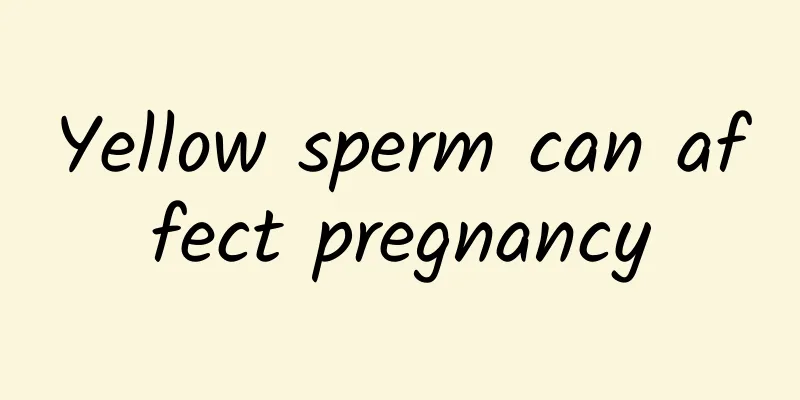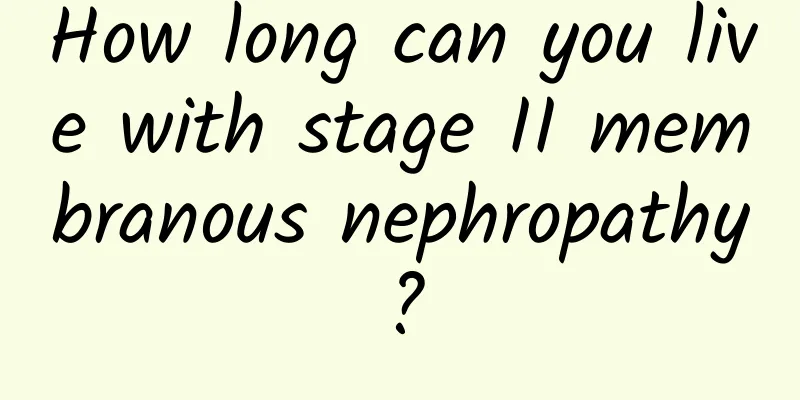Open mouth and ear bones hurt

|
Some people often feel pain in the bones next to their ears when they try to open their mouths wide. In this case, it is necessary to check whether the pain is inside the ear or on the side of the ear. If the pain is in the joints and is accompanied by a popping sound, it means that there may be a mild nerve spasm or inflammation. You need to go to the hospital to check the cause and give appropriate treatment. Clinical symptoms/temporomandibular arthritis (1) Joint popping is present in most cases, usually on one side, and sometimes accompanied by pain. (2) Joint pain mainly manifests as pain in the muscles around the joints when opening the mouth and chewing, without redness or swelling. The nature of the pain is dull pain, short-term stabbing pain, and there may be tenderness in the joints. (3) Abnormal mandibular movement. Abnormal opening degree, manifested as opening the mouth too wide or too narrow. The normal opening degree is about 3.7 cm on average. More than 4 cm is considered too wide, and less than 2 cm is considered too narrow. Abnormal opening type, manifested as deviation or distortion of the mandibular midline when opening the mouth. Sometimes the opening movement may lock. (4) Other symptoms include headache, dizziness, tinnitus, stuffy ears, blurred vision, eye swelling, difficulty swallowing, soreness and discomfort when chewing, etc. Causes/temporomandibular arthritis The cause of this disease is complex and has not yet been fully understood. It is generally believed to be related to the following factors. ① Patients with temporomandibular joint dysfunction syndrome may have systemic symptoms such as anxiety, depression, psychological disorder, and insomnia. ②Examination of patients with this disease revealed that many had obvious occlusal disorders, such as premature cusp contact, missing posterior teeth, severe wear, and misplaced eruption of wisdom teeth. ③ Asymmetrical development of the joints on both sides, unilateral chewing habits causing excessive load on the joints, and accidental local injuries to the joints, etc. Precautions/Temporomandibular arthritis Treatment principles for this disease: Since the cause and pathogenesis of this disease are not yet fully understood, there is still a lack of radical cure. 1. Eliminate all adverse mental and psychological factors, such as improving symptoms of neurasthenia, pointing out a good prognosis, enhancing confidence, and using sedatives and sleeping pills appropriately. 2. Avoid opening your mouth too wide, such as yawning or laughing, which may cause joint sprains. After being stimulated by cold, avoid sudden chewing movements to avoid muscle spasms and damage to joint ligaments. Correct bad chewing habits, such as unilateral chewing and clenching teeth at night. 3. Mouth opening exercises should be performed daily if mouth opening is restricted. Eliminate harmful stimuli, such as treating periodontitis, removing impacted wisdom teeth, repairing missing teeth, correcting malocclusion, etc. Change the unilateral chewing habit, avoid eating hard food, treat nocturnal bruxism, etc. |
<<: Itchy eyes, nose, and ears
>>: Feeling of eardrum vibration
Recommend
Level of mental disorder
Mental disorders are quite harmful to patients, m...
Can pregnant women eat ground lice?
Pregnancy is a special physiological phenomenon. ...
Does medical abortion plus uterine curettage cause the most harm?
If the medical abortion is incomplete, a uterine ...
How to treat sweaty, white and smelly soles of feet?
In hot weather, every part of the body is prone t...
Chinese medicine for menopause
Women will have their periods at a certain age, a...
What are the effects and functions of rock sugar soaked in vinegar?
Vinegar is a seasoning used in daily cooking. Vin...
What is the cause of increased density of lung patches?
After the body shows abnormality, a detailed exam...
Don’t ignore sub-health! What are the dangers of sub-health?
Just by hearing the word "sub-health", ...
What is the cause of the pimple in the knee?
The main function of the human leg is to support ...
Tai Neng antibiotics
There are many substances in the human body, and ...
I didn't have any armpit odor before, but now I do.
I didn't have any armpit odor before, but now...
Why does a pregnant woman still have leg cramps after taking calcium tablets?
Calcium deficiency is a common symptom in pregnan...
What causes dull ear pain?
If you feel a dull pain in your ears, you should ...
Left breast cystic mass
The breast is a relatively important part of the ...
What should you pay attention to after a head fall?
Bumps and bumps are very common in life. Some peo...









